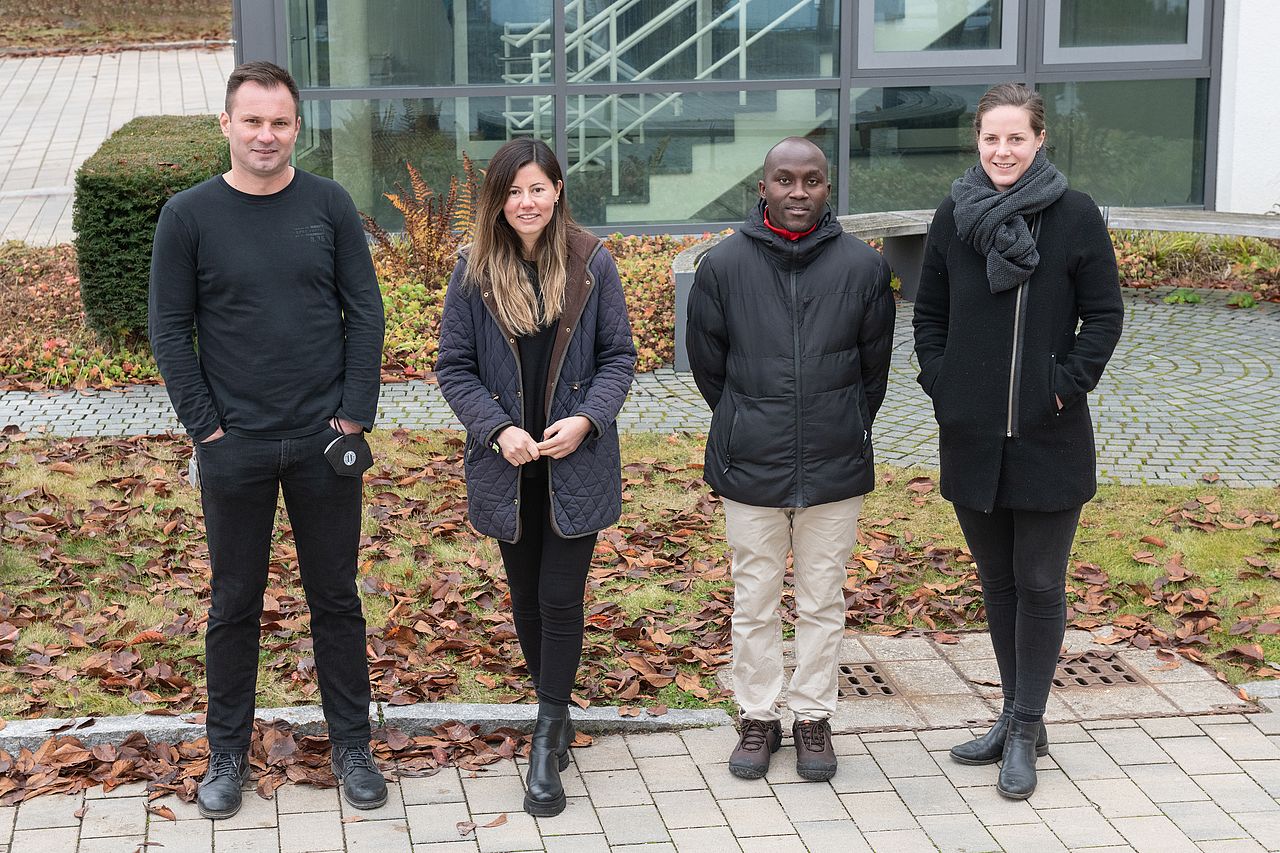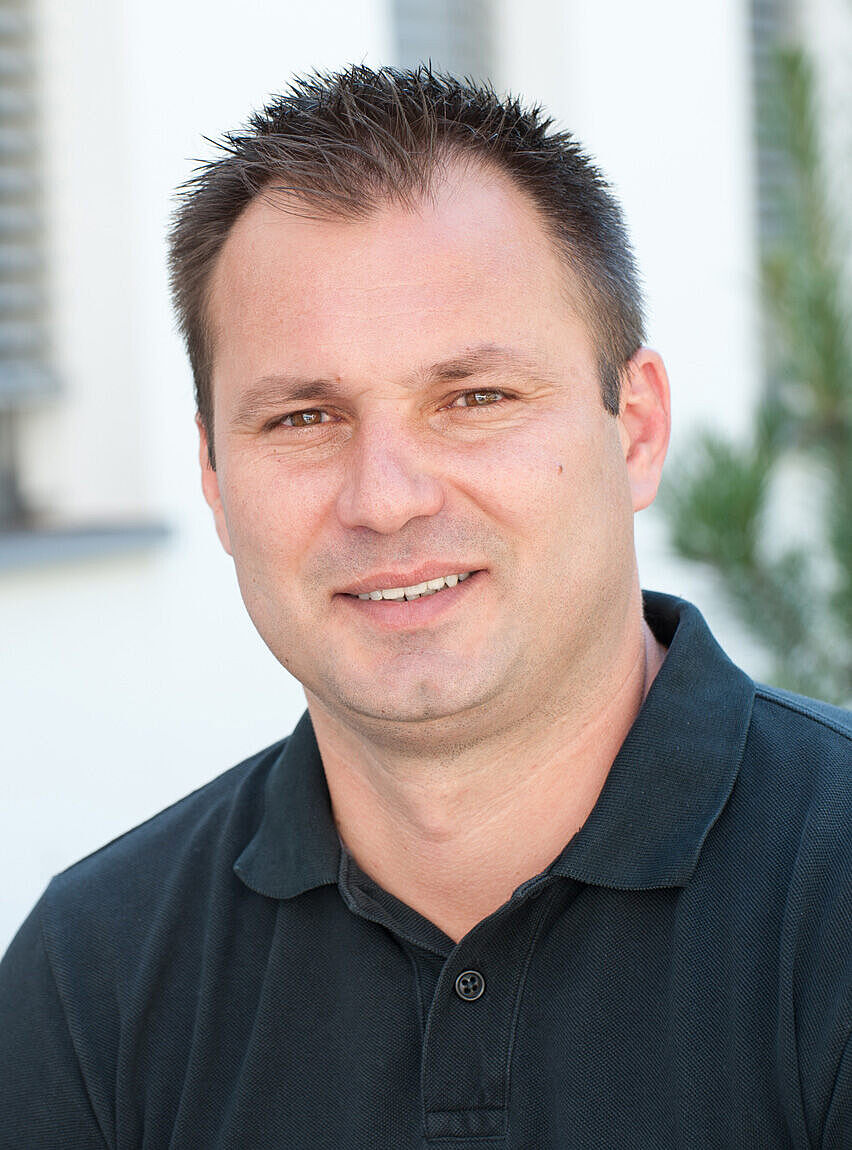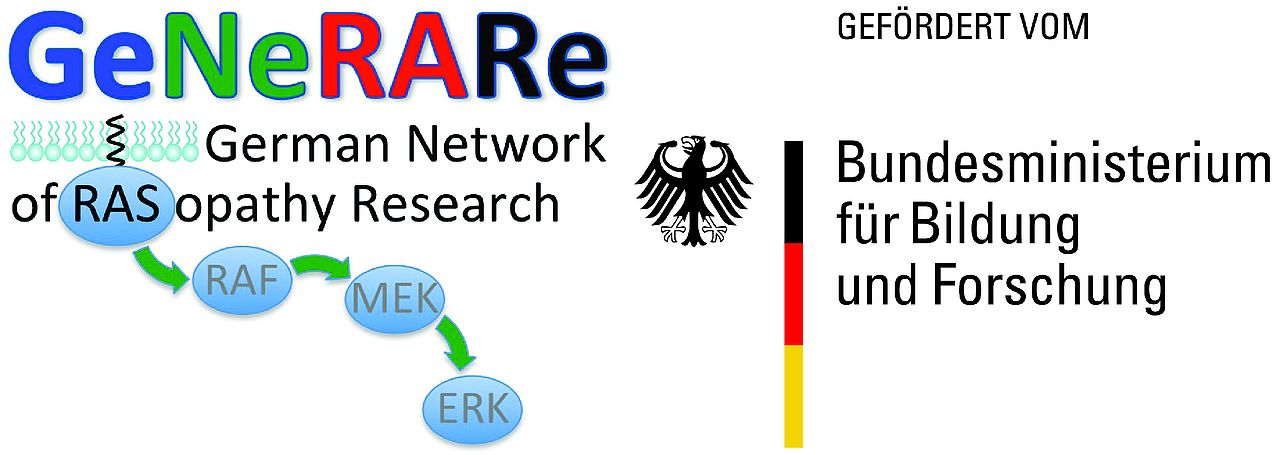Hormonal and aging-related changes in the expression and activation of RAS GTPases and their downstream signalling pathways
Research Directions:
- aging- and hormonal-related changes in the expression and activation of RAS and its signaling pathways
- molecular basis for cancer susceptibility in Costello syndrome
- RAS signaling in RAS-MAPK developmental disorders (RASopathies)
Research Interest:
RAS GTPases act as molecular switches in several signaling pathways and regulate a vast spectrum of biological processes such as proliferation, differentiation, apoptosis, and migration. RAS somatic mutations (codons 12, 13 and 61) in RAS proteins are found in more than 30 % of human cancers, while germline mutations lead to developmental disorders (RASopathies). Germline mutations in HRAS gene (most frequent at codon 12) lead to the Costello Syndrome (CS), a rare human disease. Young CS patients display musculoskeletal and skin abnormalities, hypertrophic cardiomyopathy, and predisposition to cancer. They live to adulthood and exhibit papillomata, baldness, hypertrophic cardiomyopathy, reduced muscle tone, osteoporosis, postural deficit, and a striking premature-aged appearance. Although the mutations affect the same residues as RAS oncogenic mutations, CS patients only occasionally develop cancer and at a lower age when compared to the general population. Combining these observations, we hypothesize that HRAS hyper activation in CS through unknown mechanisms leads to a premature aging program, as well as to a resistance to oncogenic transformation. Using molecular biology, protein biochemistry, cell biology and mouse models, we investigate the mechanistic link between aging and cancer and try to understand the RAS expression patterns, as well as its activation and identification of RAS-regulated pathways triggered during organismal aging ("RAS aging signature").
RAS GTPases act as molecular switches, switching on and off various signaling pathway, therefore controlling proliferation, differentiation, apoptosis, among other biological processes. RAS signaling is very complex, hence mutations in RAS genes and its signaling environment can lead to diseases (e.g. cancer and developmental disorders).
Selected Publications
1. Cirstea IC *#, Moll HP*#, Tuckermann JP*#. Glucocorticoid receptor-RAS - an unexpected couple in cancer. Trends Cell. Biol., 2022, S0962-8924(22)00253-7. *# Equal contribution and correspondence. https://pubmed.ncbi.nlm.nih.gov/36428174/
2. Nandi S, Chennappan S, Andrasch Y, Fidan M, Engler M, Ahmad M, Tuckermann JP, Zenker M, Cirstea IC. Increased osteoclastogenesis contributes to bone loss in the Costello syndrome Hras G12V mouse model. Front. Cell Dev. Biol. 2022, 10:1000575. https://pubmed.ncbi.nlm.nih.gov/36330334/
3. Caratti B, Fidan M, Caratti G, Breitenecker K, Engler M, Kazemitash N, Traut R, Wittig R, Casanova E, Ahmadian MR, Tuckermann JP#§, Moll HP#§, Cirstea IC#§. The glucocorticoid receptor associates with RAS protein complex to inhibit cell proliferation and tumor growth. Science Signaling 2022, 22;15(726):eabm4452. #§, equal contribution and joint coordination. https://pubmed.ncbi.nlm.nih.gov/35316097/
4. Motta M*, Fidan M*, Bellacchio E, Pantaleoni F, Schneider-Heieck K, Coppola S, Borck G, Salviati L, Zenker M, Cirstea IC**, Tartaglia M**. Dominant Noonan syndrome-causing LZTR1 mutations specifically affect the Kelch domain substrate-recognition surface and enhance RAS-MAPK signaling. Hum. Mol. Genet. 2019, 28(6), 1007–1022. *, equal contribution; **, equal contribution and joint coordination. https://pubmed.ncbi.nlm.nih.gov/30481304/
5. Cirstea IC, Gremer L, Dvorsky R, Zenker M, Ahmadian MR. Diverging gain-of-function mechanisms of two novel KRAS mutations associated with Noonan and Cardio-Facio-Cutaneous syndromes. Hum. Mol. Genet. 2013, 22(2):262-70. https://pubmed.ncbi.nlm.nih.gov/23059812/
6. Cirstea IC, Kutsche K, Dvorsky R, Gremer L, Carta C, Horn D, Roberts AE, Lepri F, Merbitz-Zahradnik T, König R, Kratz CP, Pantaleoni F, Dentici ML, Joshi VA, Kucherlapati RS, Mazzanti L, Mundlos S, Patton MA, Silengo MC, Rossi C, Zampino G, Digilio C, Stuppia L, Seemanova E, Pennacchio LA, Gelb BD, Dallapiccola B, Wittinghofer A, Ahmadian MR, Tartaglia M, Zenker M. A restricted spectrum of NRAS mutations causes Noonan syndrome. Nat. Genet. 2010, 42(1):27-9. https://pubmed.ncbi.nlm.nih.gov/19966803/
more publications from Dr. Ion Cristian Cirstea can be found in our list of publications.
Group Members

Group Leader
Dr. Ion Cirstea




